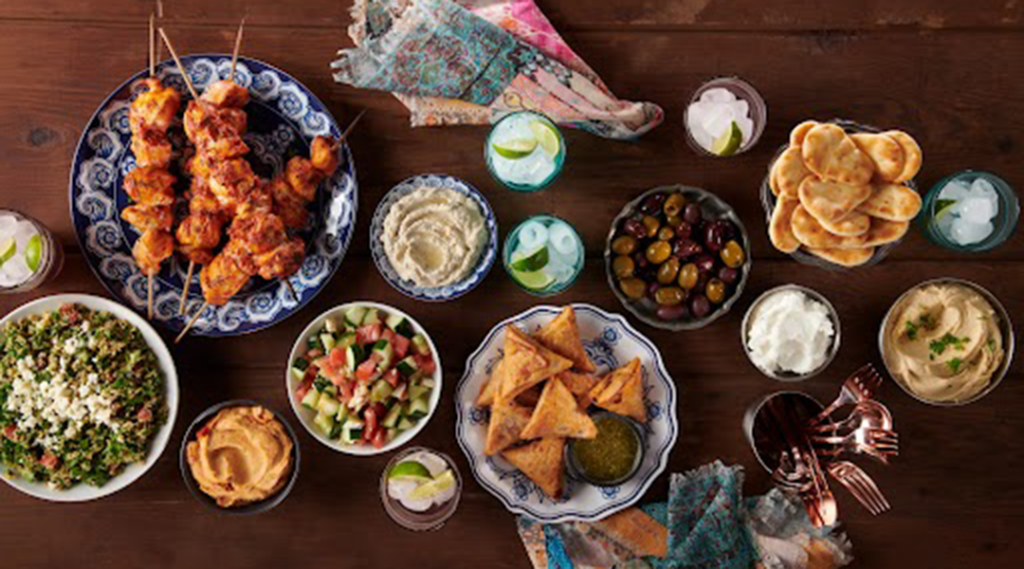Today’s healthcare foodservice workforce likely includes everyone from a 58-year-old supervisor to a 41-year-old chef to a 30-something dining-room server. And don’t forget the nutrition intern. She’s just 20.
The generational cross section of workers can easily span four decades and an equal number of generations, with people of all ages serving in both supervisory and subordinate roles. From a management standpoint, this creates challenges when it comes to getting everyone working together as a team. People from different generations have different ideas about what work means, and different expectations about everything from training to treatment to advancement and compensation.
In other words, there’s no one-size-fits-all approach to staff management. Indeed, recognizing and understanding generational cultural differences is a big part of the management challenge today. So says Dan Longton, President and CEO of Florida-based TraitSet, a workforce-management service provider.
To facilitate inter-generational harmony, Longton advises, remember that all employees are of value to the operation—otherwise, they wouldn’t have been hired in the first place. You don’t want to lose any of them to turnover because replacement is very expensive and time-consuming.
“Within every generation there are people who have a strong work ethic, great integrity, and abundant skills,” Longton says. “Employers need to conduct assessments and develop training to make sure everyone fits the operation’s needs and, ultimately, the guests’ needs.”
Working to understand employees’ needs, training them, and building on their strengths can lead to higher satisfaction scores from guests—including patients, residents, family members, and other guests. And that results in a positive outcome—and image—for the operation and a stronger work environment for the team.
Top Tips on Managing a Multigenerational Staff
Facilitating Understanding
While certain defining characteristics are true for each generation, Longton warns against stereotyping individuals. Not all boomers are work-focused; not all Gen Xers are slackers, etc. Instead, he suggests, use these descriptions as starting points for understanding and addressing the differences and values of each generation.
For example, Longton says it’s important for managers to know that boomers expect face-to-face communication with the boss instead of an email (so make a point of speaking to them directly); that Gen X looks for a work-life balance (so establish flex-time with them whenever possible); that millennials need space to show their strengths (so practice a “hands-off” management style with them as much as you can); and that Gen Z expects to be able to check texts or social media (so set workplace policies that let them know when they can, such as during breaks at work).
“Being the boss who ‘gets it’ is very important,” Longton explains. “Accepting and understanding generational differences allows you to stay ahead.”
Helping Find the “Best Fit” for Young Workers
In the team-development sessions that Gordon Food Service Customer Effectiveness Manager Ken Wasco conducts, managers often gripe about millennial workers—“They’re impossible to manage. They get bored so easily. They don’t care the way we used to.”
To that, Wasco retorts, “Blah, blah, blah. … You need to learn ways to use all of their differences to your advantage.”
If millennials love working as a team, Wasco says, they will deliver as a team when you set expectations, communicate daily, and offer feedback that keeps everyone focused. And, because younger workers come to the table equipped with a lifetime of hands-on high-tech experience, savvy managers will put those skills to work for the organization. “Not every millennial is a tech genius, of course,” Wasco says. “But all of them want to be best utilized. You have to get to know millennials personally to figure out their ‘best fit’ in your organization.”
Getting employees to their “best fit” starts with understanding your organization’s culture. That, Wasco points out, means constantly assessing the values and goals of your business. Tradition may be the very reason clients select your care center. It’s also possible some of those traditions are outdated and in need of change. It’s the organization’s job to know which assets to keep and which ones to change. It’s the manager’s job to get the team to apply those assets.
One way to start this process is by using empathy training to understand those you serve. Workers from younger generations, Longton maintains, may have a difficult time appreciating the struggles of the older residents they encounter each day. To learn how it feels to be older or have an impairment, try wearing sunglasses in a dimly lit room, or wear a pair of mittens while you eat.
“Empathy is recognizing how a person feels and responding to that,” Longton says. “We need to remind ourselves and our employees of this all the time.”
The Role of Role-Playing
Empathy also facilitates better manager-employee relationships. Longton uses role-playing in multigenerational classroom training, to emphasize the point. Have a millennial play the role of a boomer, responding to questions and situations as he or she thinks a boomer would react. Then, reverse the roles.
“Once you internalize what it’s like to be in someone else’s shoes, you learn that the differences between the generations aren’t so bad,” Longton says. “Different, but not bad.” For managers, Longton says, the toughest battle is to avoid projecting values on the workforce. For example, an older boomer manager may resist high-tech training and instead apply a method that doesn’t resonate with millennials or Gen Z workers.
“If you force a younger worker to sit through a seminar instead of offering an online tutorial, you’re probably not getting your message across,” Longton says. “You need to speak the right language.”
Another excellent way to improve working relationships among the generations is to use the buddy system. Pair two workers from different generations on the same job, and each will learn best practices from the other. This approach, Longton says, helps each learn that there’s more than one way to provide effective service and care.
Wisdom of the Ages
The bottom line is that, no matter how much training a manager conducts, success is a matter of constant attention to individuals and staff dynamics in order to know when to be a drill sergeant and when to simply direct traffic. As time marches on, new generations enter the workforce—and it’s important to evolve. Having a happy workforce is essential to long-term success, Longton says. But, as important as generational harmony is, managers and workers of all generations must recognize they’re part of a business—one with a mission that affects people’s lives.
Generations by the Numbers
Baby Boomers (born 1946-1965)
Known as the “Me Generation,” they’re focused on personal fulfillment, getting ahead, being in charge, and doing what it takes to get the job done. They appreciate recognition for a job well done, and they’d rather be coached than ordered around.
Generation X (born 1966-1976)
Often called “slackers,” they tend to be indifferent and skeptical about things. They want to have fun at work, and often have a hard time separating home and work. They enjoy group projects, and they want written goals to track their achievements.
Millennials (born 1977-1992)
This a very coddled generation. Many never held a job until graduating from college. Having grown up with personal computers, they’re tech savvy, enjoy working in teams, and want frequent and ongoing feedback.
Generation Z (born 1993 and after)
This is a diverse generation, and its members look for diversity in the workplace. They expect lines to be blurred and work structure to be in constant flux. They’re also tech-savvy; they text frequently on their ever present mobile devices but often lack verbal-communications skills.




























